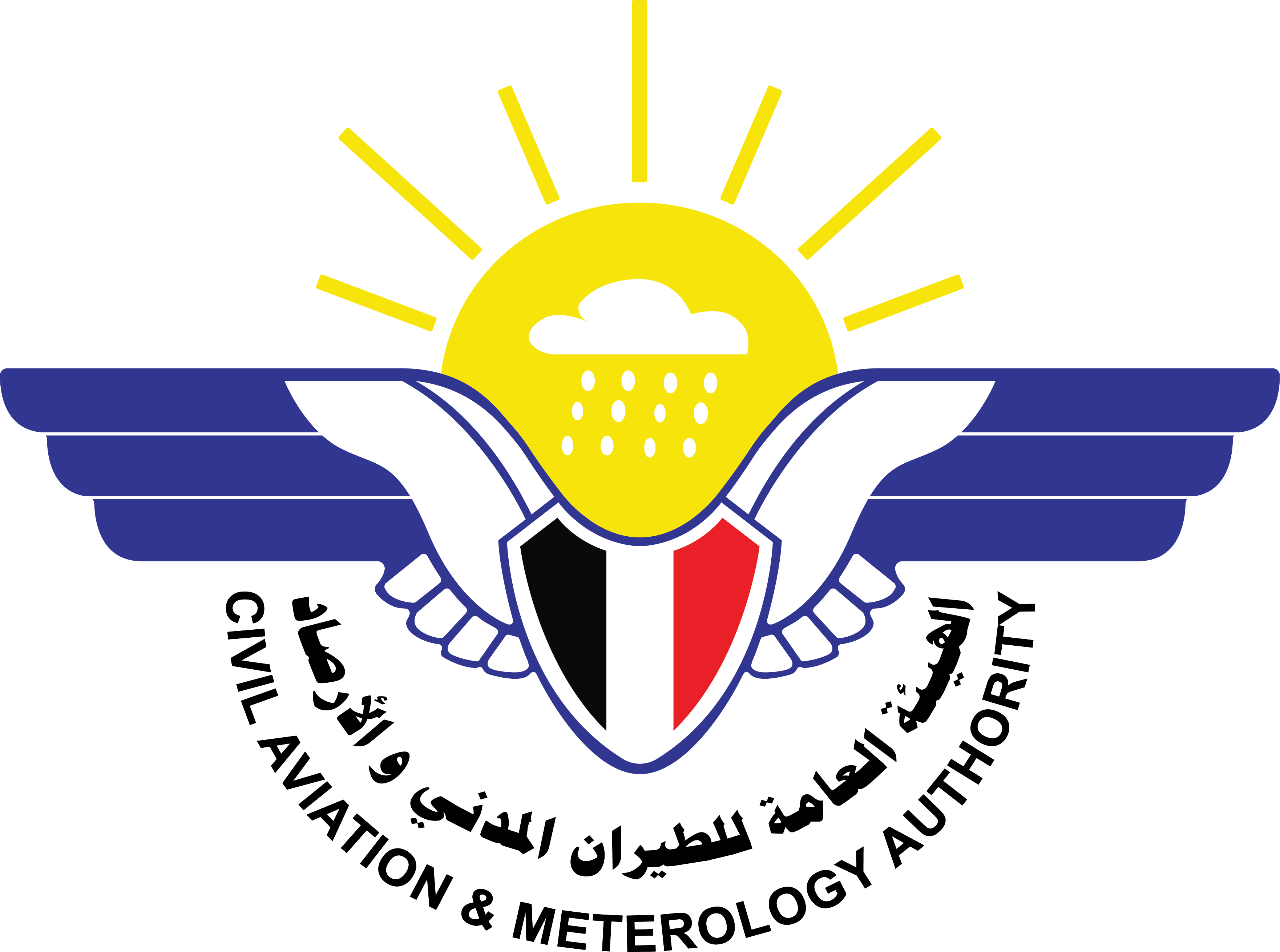News

fluctuations of weather and climate in light of the fragility of the infrastructure, as well as the need to support the efforts of the meteorological services to raise their capabilities in the weather and climate disasters early warning. During a press conference on ………./……../…….., organized by the Meteorology Sector entitled “Weather and Climate Changes in Yemen,” Eng. Hamid stressed the need to establish an integrated early warning system that depends on uplifting the capabilities of danger knowing, controlling and warning services, publication, rapid communication and response.
He also pointed out to the reasons that magnify the volume of the rains' disasters in Yemen, most notably the use of land, rapid unplanned urbanization, the weakness of building laws, the urban boom and the population growth in the streams of torrents, pointing out to what happened in the second rainy season during the months of July and August of the current year, which caused major floods and massive losses in lives and property. The Assistant Deputy Chairman for Meteorology Sector stated that the climate data in Yemen are dominated by the summer climate, the climate of temperance, and the change in the minimum temperature to 31% and the maximum one percent. He said that the hot climate began to affect Sana'a since 2003, and the high values of the rainfall coefficient appeared during the equinox season, while the relatively small values were seen in the summer and annual rains.
In the press conference, Hamid addressed the role of the Sector in dealing with this weather condition by issuing weather bulletins and warnings in a timely manner and communicating them through all the relevant media and competent authorities. He called on those interested in weather conditions, climate changes and forecasts to take information and data from its reliable and internationally recognized official sources, which is the National Meteorology Center. Hamid also stressed the need to interact with the meteorological outputs, join efforts and effective partnership with the competent authorities to mitigate the effects of natural disasters of all kinds. He pointed to the importance of developing a national strategy for disaster risk reduction in accordance with the Sendai Framework, which requires disaster risk management with a clear vision, plans, efficiency, guidance and coordination.
Meanwhile, in the press conference attended by the Directors General of Forecasts and Procurements- Dr. Abdullatif Al-Hadda, the National Meteorology Center- Mohammed Tarish, Weather Observation- Ahmad al-Jabali, Researches and Renewable Energy- Jamal al-Sayyis, a briefed presentation was presented on the tasks of Meteorological Sector and how the exceptional weather condition and climate change taking place in Yemen were dealt with and the heavy rains that fell on our country during the summer of 2020.







.png)
.jpg)
Comments